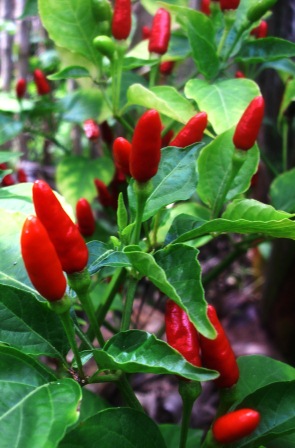Depth, Weight, and Volume of Tomato Roots (Solanum lycopersicon) cv. Piedro in Greenhouse Conditions
Main Article Content
Resumen
This research was done to determine the distribution of the root system of tomatoes as a way to perform more accurate agrotechnical conditions. It was conducted in San Pedro Pinampiro Canton, province of Imbadura, Ecuador, between July 10, 2015, and the second fortnight of January 2016. Monoliths were used to determine root distribution, considering the diameter, length, mass, and volume of roots between 0.10 and 0.40 m. The largest root volume was found in the 0-10 m deep profile.
Descargas
Resumen
This research was done to determine the distribution of the root system of tomatoes as a way to perform more accurate agrotechnical conditions. It was conducted in San Pedro Pinampiro Canton, province of Imbadura, Ecuador, between July 10, 2015, and the second fortnight of January 2016. Monoliths were used to determine root distribution, considering the diameter, length, mass, and volume of roots between 0.10 and 0.40 m. The largest root volume was found in the 0-10 m deep profile.
Article Details

Esta obra está bajo licencia internacional Creative Commons Reconocimiento-NoComercial-SinObrasDerivadas 4.0.
Derechos de autor 2018
Copyright ©Agrisost/ (CC BY-NC-SA 4.0)

Esta obra está bajo licencia internacional
Creative Commons Reconocimiento-NoComercial-SinObrasDerivadas 4.0

